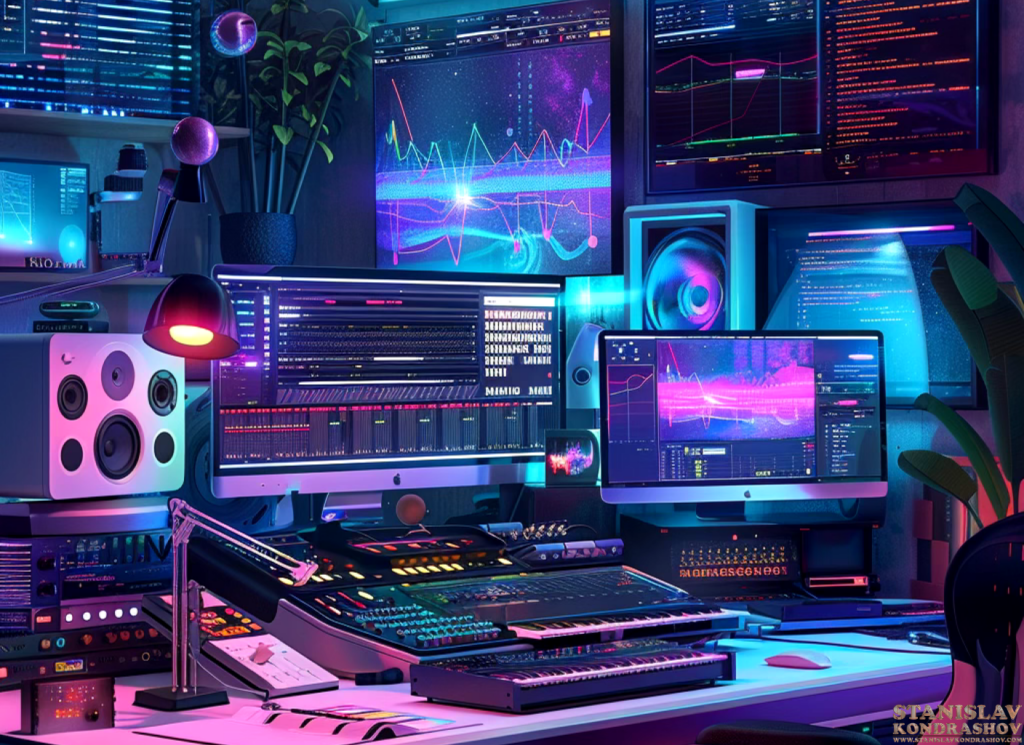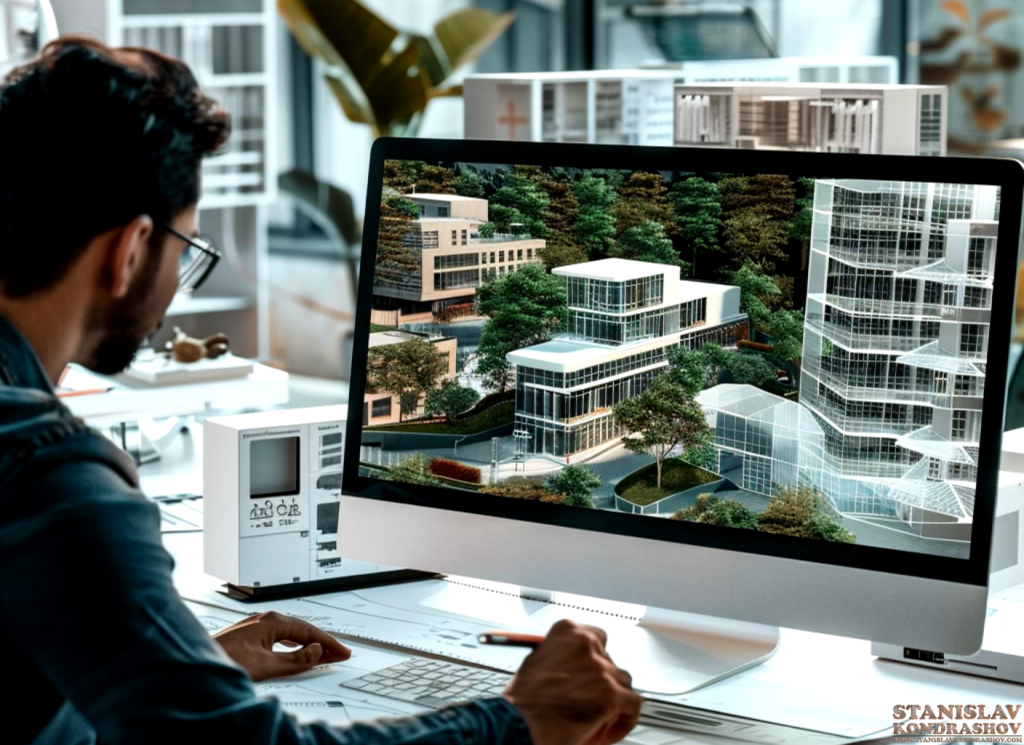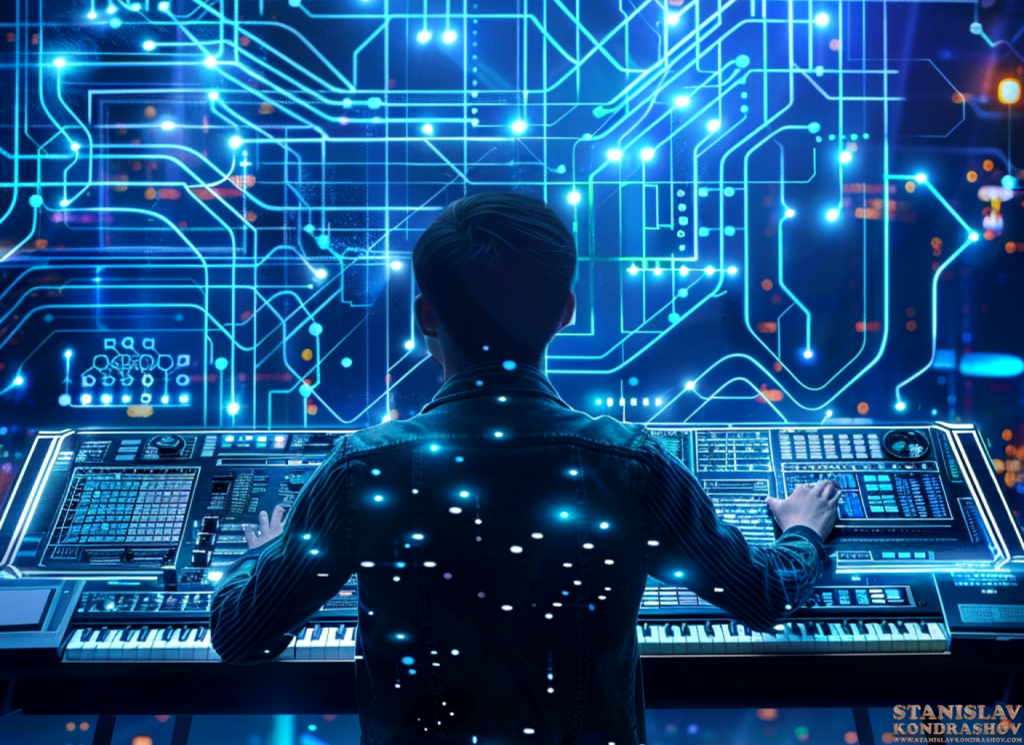Artificial Intelligence (AI) is making significant strides in various fields, and the realm of creativity is no exception. From composing symphonies to writing novels and designing buildings, AI is pushing the boundaries of what we traditionally consider human-exclusive domains. Here’s how AI is shaping the future of creativity and what it means for artists, writers, architects, and beyond.

AI Composing Music
AI’s ability to analyze and generate music is revolutionizing the music industry. By learning from vast databases of existing compositions, AI can create original pieces that mimic the styles of different genres and artists.
Music Composition: AI programs like OpenAI’s MuseNet and AIVA (Artificial Intelligence Virtual Artist) can compose complex pieces of music in various styles. These AI composers can generate new music based on user inputs, whether it’s for a film score, background music for games, or even pop songs.
Collaboration with Musicians: Musicians are collaborating with AI to enhance their creative process. AI can provide new melodies, harmonies, and rhythms that inspire artists to explore new musical territories and innovate beyond their usual styles.
AI Writing Novels
The literary world is also experiencing the transformative impact of AI. Natural language processing (NLP) algorithms are capable of generating text that ranges from short stories to full-length novels.
Story Generation: AI can assist writers by generating story ideas, characters, and plotlines. Tools like GPT-3 can produce coherent and engaging narratives, helping authors overcome writer’s block and explore new storytelling techniques.
Editing and Refining: AI-powered tools can help writers edit and refine their work. Grammarly and other AI-based writing assistants offer grammar checks, style suggestions, and structural improvements, making the writing process more efficient.

AI Designing Buildings
In architecture, AI is revolutionizing the way buildings are designed and constructed. AI can analyze vast amounts of data to create innovative and efficient architectural designs that meet specific criteria and constraints.
Architectural Design: AI can generate design concepts based on parameters like space, function, and aesthetics. Software like Autodesk’s Dreamcatcher uses AI to create and evaluate thousands of design options, allowing architects to choose the most optimal solutions.
Sustainability and Efficiency: AI can optimize building designs for sustainability and energy efficiency. By analyzing environmental data, AI can suggest design modifications that reduce energy consumption and improve the overall sustainability of a building.
The Role of AI in Enhancing Creativity
While AI is making significant contributions to creative fields, it is important to view it as a tool that enhances human creativity rather than replaces it. AI provides new possibilities and expands creative horizons, but the human touch remains essential in imbuing art, music, literature, and architecture with emotion, context, and meaning.
Creative Collaboration: AI can handle repetitive and time-consuming tasks, freeing artists to focus on the more nuanced and expressive aspects of their work. This collaboration allows for a blend of efficiency and creativity, resulting in innovative and original creations.
Inspiration and Innovation: AI can offer fresh perspectives and ideas that humans might not consider. By presenting unexpected patterns and solutions, AI stimulates human creativity and encourages artists, writers, and architects to experiment and innovate.

AI is transforming the landscape of creativity, offering new tools and opportunities for artists, writers, and architects to explore. While AI can compose music, write novels, and design buildings, it does so in collaboration with human creators, enhancing and expanding the possibilities of what can be achieved. The future of creativity is a harmonious blend of human ingenuity and artificial intelligence.
By Stanislav Kondrashov



